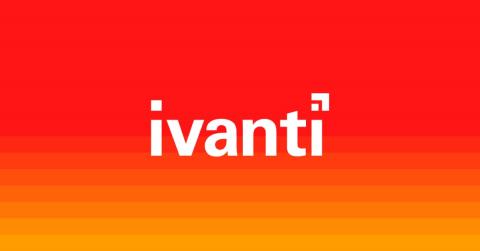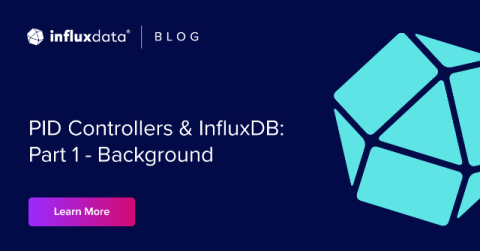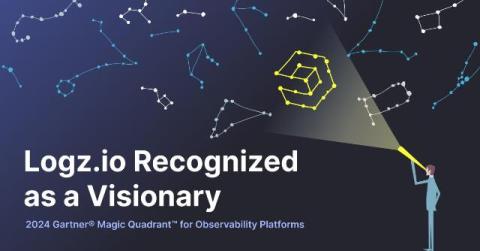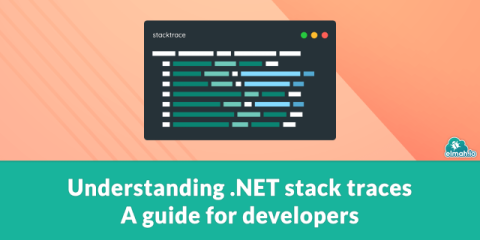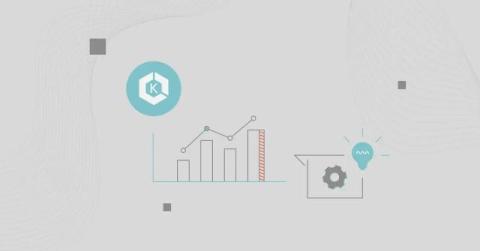Cloud Migration: Achieving Uninterrupted Enterprise Service Management
Uninterrupted Enterprise Service Management (ESM) is essential to maintaining business productivity, efficiency and employee satisfaction. Traditional on-premises ESM systems can be limited in scalability, lack updated security measures and be hard to maintain and upgrade. Relying on on-premises systems raises the additional risk of complete data loss and reduces service availability due to the reliance on only one or two potential failure points.


